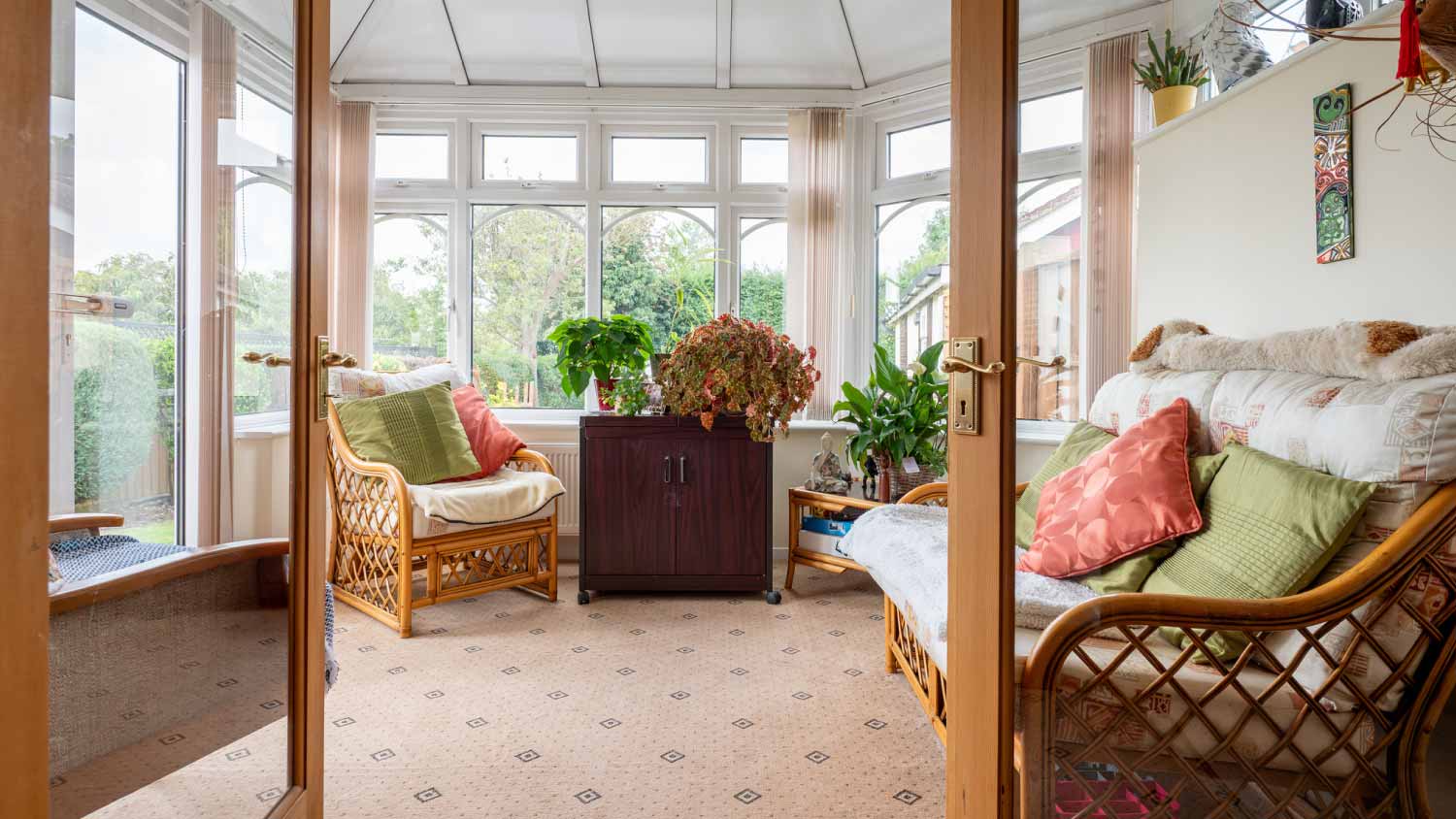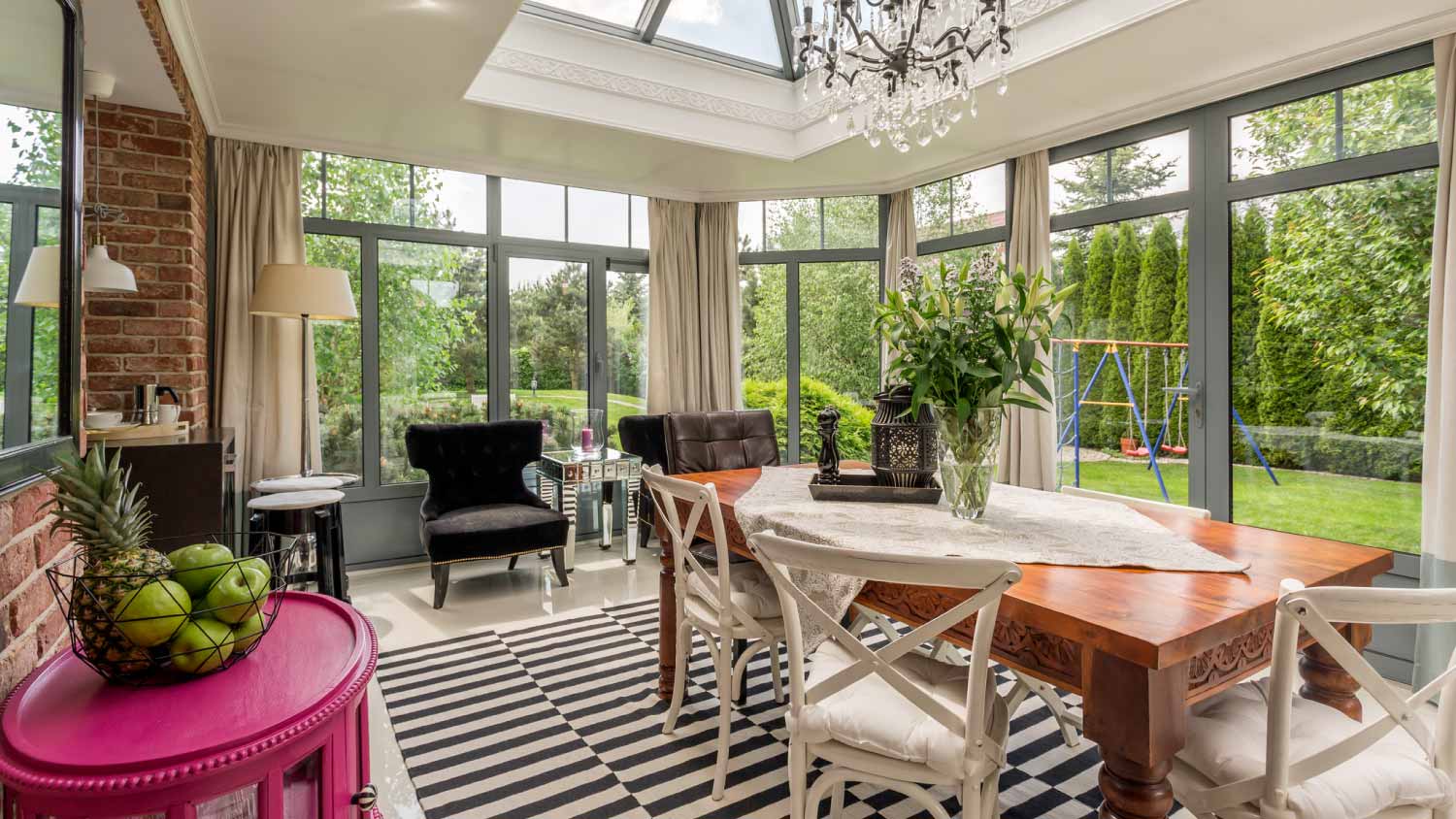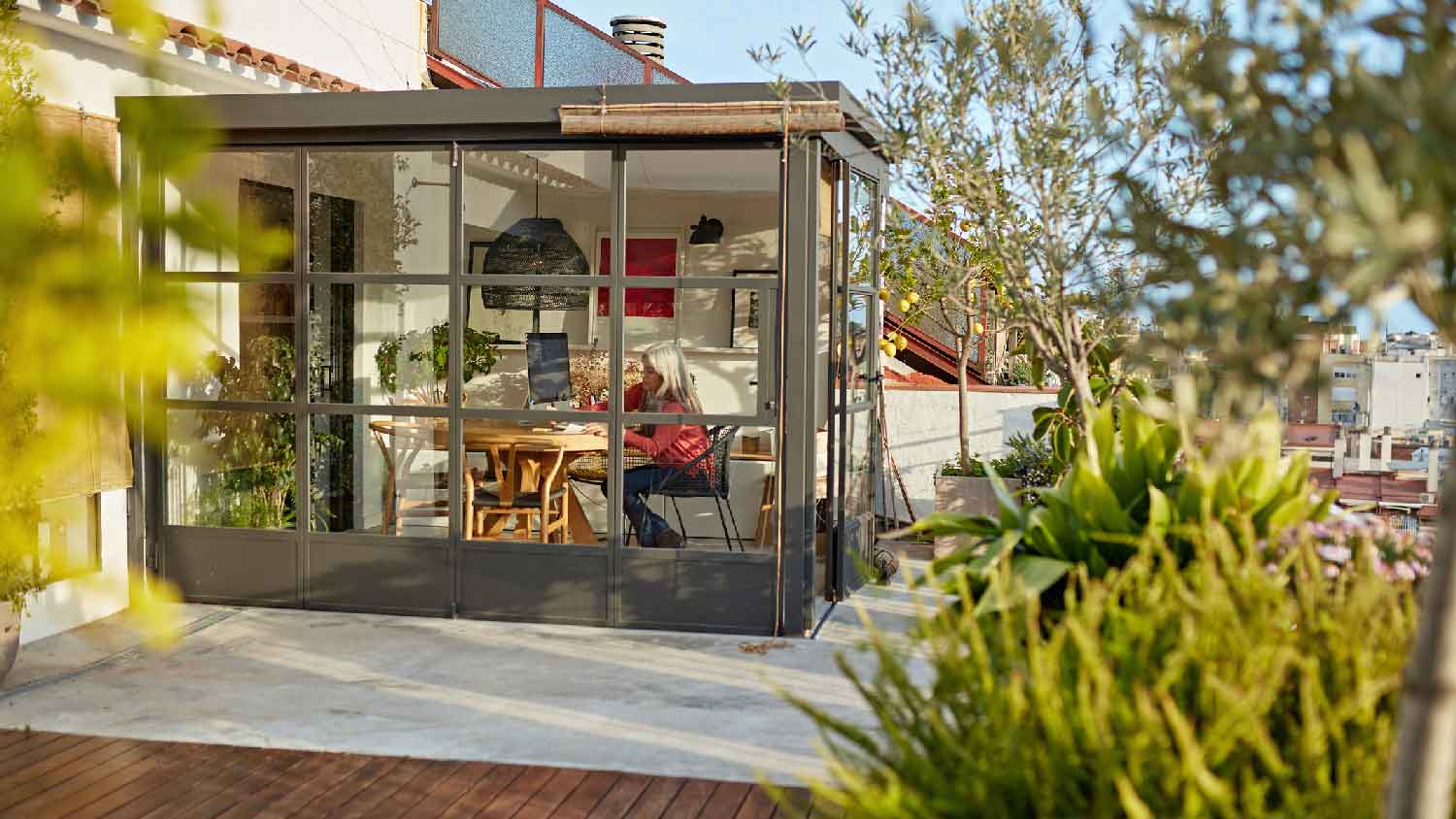
Use our expert guide to figure out how much it costs to install a pool enclosure. Establish your budget, then plan your pool enclosure project.
There are ways to make your great outdoors even greater


You’ve been waiting to transform your backyard into a beautiful and functional outdoor living space for years. Whether you’re concerned about establishing a budget that helps you get everything done or intimidated by the amount of work you’ll have to do, never fear. To help you dig into this outdoor overhaul, read on for 12 high-impact tips for planning an outdoor living space. Soon, your outdoor space could outshine your interiors.
To help you decide on a budget, think about where you live. If your area is relatively warm all year, it’s probably worth spending more on your outdoor living space if you live somewhere that’s covered in snow for months at a time. Each of these climates also has unique landscaping and upkeep concerns (more on that in a moment).
When assessing your climate, also reflect on water issues. If your area is prone to drought, consider low-water landscape designs, like rock gardens or beds featuring drought-tolerant plants.
Along with coming up with a general budget, factor in upkeep costs. After all, an outdoor space that’s not correctly cared for won’t be comfortable or beautiful for very long.
If you put in a pool, expect to shell out an average of $3,100 per year for pool maintenance costs. Other ongoing costs might include fountain or pond maintenance and landscaping. To reduce your overall expenses, you can always create your dream outdoor space over several years and learn how to DIY some smaller routine maintenance projects.

Consider the low points of the great outdoors, too. If bugs are an issue, install a screened-in porch or lanai. If you live in an area with colder winters, consider putting heaters in your porch ceiling or purchasing portable propane heaters.
To counteract stifling heat and humidity, go with porch ceiling fans. Don’t forget to provide ample shade (as with umbrellas, awnings, and covered porches) and comfortable furniture you’ll want to sit on for hours. On chilly nights, bring out thick blankets for added warmth.
Create a wish list based on how you see yourself using your yard. If you’re a serious cook and live in a warm climate, it might be worth putting in an outdoor kitchen with a bar area for entertaining. In colder climates, think about installing a fire pit with Adirondack chairs for cozy bonding sessions into the fall.
When considering how you’ll use your space, you should factor in the future, too. For instance, if you’re planning on selling your home too, installing a bunch of personalized gadgets in an outdoor kitchen may not be the best move.
Sometimes, it’s difficult to envision a dream space before addressing problems. For instance, if your lot includes dead trees or other eyesores, you’ll want to remove them before starting on your dream outdoor living space. In cases where your tranquility and privacy are disturbed by noisy neighbors or passing traffic, add barriers, like fencing or trees.
Maybe your property doesn’t have flaws but lacks any draws. Depending on your budget, you can regrade a hilly property or install a major feature, like a pool or pond.
Take advantage of your lot’s positive features, whether a gorgeous tree, water view, healthy and flat stretch of lawn, or wraparound porch. Plan your outdoor space around these assets, emphasizing them with your design. For instance, illuminate a specimen tree or place a bench by a pond.
Anchoring a space with a focal point, whether indoors or outdoors, helps add structure and drama. Try to establish these visual draws in different areas of your property. Consider keeping a massive old-growth tree or adding a water feature (like a fountain or pond), trellis, pergola, or formal garden. You can even put in a stylish firepit on a tight budget.
Invest in lighting to make your property more inviting and useful. Illuminate hangout zones, such as an outdoor kitchen and seating area, along with walkways to other destinations, such as a firepit. To prevent falls, add some light to your steps. Then consider adding drama and establishing focal points by emphasizing noteworthy features like large boulders or a vine-covered trellis.
Your outdoor space should complement your home’s façade and interiors style-wise. If your house is modern or contemporary, go with a sleek landscape design. If it’s more formal, echo its look with an elegant, traditional garden.

As with the inside of your home, divide your yard up into distinct zones. This way, you’ll add visual variety and increase your outdoor space's usefulness. Imagine a property with an outdoor kitchen, bar, sitting area, and stretch of grass for playing ball. Or you can opt for a yard with a rock garden, koi pond, a field of wildflowers, and a pathway lined with flowering bushes.
To balance function with aesthetics, don’t include too many distinct zones, or your space could look too cluttered. Then create segues between these different areas, for instance, with curving walkways.
Just as you’d dress up a sofa with pillows and a throw, accessorize your outdoor space. For coziness and another layer of texture and color, add an area rug to your sitting area and a heavy vase filled with succulents to your dining table.
Overhauling an outdoor living space most likely involves hiring some professionals. A landscape architect can help you devise an overall plan for your space, while pros like a local landscaper, pool installation company, sprinkler company, water feature contractor, and more can execute your vision. You’ll also need a team for ongoing maintenance, such as a pool service company near you.
Do your homework, interview at least three contractors in each category, and check their references. Once you’re ready to get started, your chosen professionals can help you apply for any needed building permits, and you’ll be on your way.
From average costs to expert advice, get all the answers you need to get your job done.

Use our expert guide to figure out how much it costs to install a pool enclosure. Establish your budget, then plan your pool enclosure project.

Homeowners can enclose their porches in a few different ways—each having their own price tag. Learn what contributes to the total cost to enclose a porch and how you can reduce the bill.

Love soaking up sun but can’t stand the bugs? Learn how much a Florida room addition costs and what factors influence the price to get the best of both worlds.

Installing a sunroom on your home can boost value and add utility. Learn about the different types of sunrooms to get the most out of your home addition.

Dreaming of having a sunroom in your home but wondering who builds sunrooms? Here's what you need to know about hiring a pro to build a sunroom.

Enjoy the outdoors without being exposed to the elements with an Arizona room. Learn what an Arizona room is and why it may be a great addition to your home.